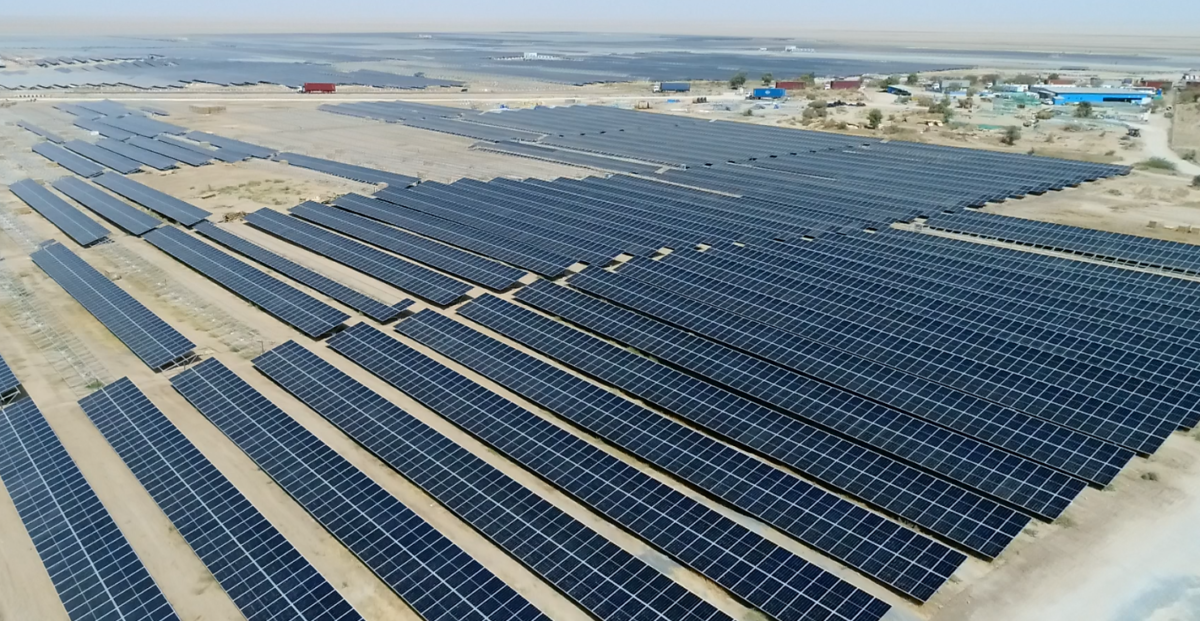A steady decline in solar module prices since October 2022 will boost the internal rate of return (IRR) for 45 GW of utility-scale solar project pipeline awarded since fiscal 2021. This, in turn, will propel solar capacity implementation to its fastest annual pace of 16 GW this fiscal, according to Crisil analysts.
Solar installation slowed down in fiscals 2022 and 2023 owing to the Covid-19 pandemic-induced disruptions and challenges stemming from the efforts to protect the Great Indian Bustard bird, for which extensions were given by the relevant authorities. That, along with an upsurge in module prices, had delayed project execution.
With module prices falling again, the end of pandemic-induced disruptions, and clarity regarding the protection process for the Great Indian Bustard (bird diverters to be installed on extant and new low-voltage transmission lines), Crisil analysts expect solar project execution to fast-track by fiscal 2026.
The trend of falling module prices reversed in the last quarter of fiscal 2021 as higher prices of key raw materials such as polysilicon and aluminium drove up the cost. This impacted the returns for 20 GW of projects auctioned in fiscals 2021 and 2022 — included in the 45 GW of solar project pipeline cited above — as developers had factored in the falling module prices when bidding for capacities; module prices are typically tied up closer to the installation period of 6-9 months.
Ankit Hakhu, director, CRISIL Ratings, said, “If implemented as per schedule, the average IRR of 20 GW projects auctioned during fiscals 2021 and 2022 could have fallen to as low as 5%, with some even becoming unviable on a standalone basis. However, the pandemic-linked extension in the scheduled commissioning dates provided relief to these projects, giving developers a chance to defer module purchases.”
Now that module prices have fallen 30% as of September 2023 compared with the average last fiscal, project IRRs may improve by 300-500 basis points (bps) to 9% on an average. [Here, the analysts assumed project financing in a debt-to-equity ratio of 75:25, P50 plant load factors (PLFs) of 26-27% AC, a rate of interest of 9.5% on under-construction and 8.5% on operational phase debt, and interest income of 4% on reserves and cash balances.]
Varun Marwaha, associate director, CRISIL Ratings, said, “Softer module prices will also benefit 25 GW of capacities bid during and since fiscal 2023. These 25 GW of projects had higher bid tariffs (INR 2.5-2.7 per kWh) than the projects awarded in prior fiscals (at below INR 2.5 per kWh), as they factored in higher module costs, and should see their IRR improve 200-300 bps now that module prices have eased.”
This content is protected by copyright and may not be reused. If you want to cooperate with us and would like to reuse some of our content, please contact: editors@pv-magazine.com.









By submitting this form you agree to pv magazine using your data for the purposes of publishing your comment.
Your personal data will only be disclosed or otherwise transmitted to third parties for the purposes of spam filtering or if this is necessary for technical maintenance of the website. Any other transfer to third parties will not take place unless this is justified on the basis of applicable data protection regulations or if pv magazine is legally obliged to do so.
You may revoke this consent at any time with effect for the future, in which case your personal data will be deleted immediately. Otherwise, your data will be deleted if pv magazine has processed your request or the purpose of data storage is fulfilled.
Further information on data privacy can be found in our Data Protection Policy.